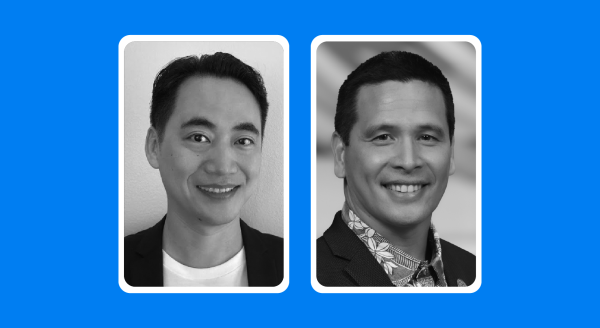- Sponsored
AI facilitates equitable access to public health services
The provision in federal policy that afforded Medicaid enrollees continuous enrollment over the last 3 years during the COVID-19 pandemic is coming to an end and states have been working to unwind from the federal program and minimize the impact on millions of citizens.
The most significant result of this change is that the renewal of Medicaid services for individuals, managed at the state level, has now become a substantial challenge. This has caused large numbers of users to lose access to healthcare, if only for lack of understanding the need to re-apply, lack of understanding of how to apply, or the lack of access to tools to be able to do so, explained Melissa Hensley, executive leader for health and human services at Google Public Sector.
The combination of the tasks to communicate with citizens represents more work than many state and local agencies have the workforce to manage. However, integrating generative AI tools into agencies’ workflows can streamline those workloads and get information out to citizens more quickly, shared Hensley in a recent panel, produced by Scoop News Group for StateScoop, and underwritten by Google for Government.
According to Hensley, generative AI tools can read, score and digitize Medicaid applications, put information in the right order, translate information into over 50 languages and back into English, then load everything into a single view for your caseworker.
Google Cloud’s recent health assistant tool, MIRA (Medicaid Intelligent Redetermination Assistant) is a solution designed to solve various aspects of of the Medicaid “unwinding problem,” and offers a comprehensive set of services powered by AI that help state governments better understand the size of their challenge, manage the data needed to solve it and assist agency staff and citizens with the various application and communication needs to re-enroll in health services.
“It takes that entire process down to minutes and sub-minutes instead of hours for the caseworker,” she said.
Hensley touched on a few specific examples of how AI can be used to facilitate access to public services. Agencies have already started with chat bots to provide customer service and support. Or as a way to answer questions and help citizens complete tasks, or get an application to a caseworker.
“It is important when implementing AI to be clear about how AI is going to be used to make decisions and to be accountable for the outcome of those decisions,” said Hensley.
Monica Bharel, clinical lead for Public Sector Health, Google also elaborated on generative AI’s potential to help systems run more smoothly, serving individuals who need health coverage more effectively and simplifying access to information.
“Ensuring that [citizens] have continuity of medical coverage is a critical task for government agencies during redetermination and beyond,” she added. “Equity has to be at the center of designing these processes, making sure that those who have the most obstacles to obtaining good health can access the services that they need.”
Bharel also stressed the need for the government to improve access to timely, accurate and accessible information on their websites, and share them on social media and other platforms.
“Three out of four people turn to the internet for health-related information, so we know it’s a starting point for many people in their health journeys,” she said, explaining that Google Health has worked with the National Academy of Medicine to identify authoritative sources of information and ensure those resources are accessible in searches and on YouTube.
Watch the full discussion and read more about how to get started with generative AI to improve how states can manage Medicaid renewal and healthcare access for their citizens.
This video panel discussion was produced by Scoop News Group for StateScoop, and underwritten by Google for Government.


